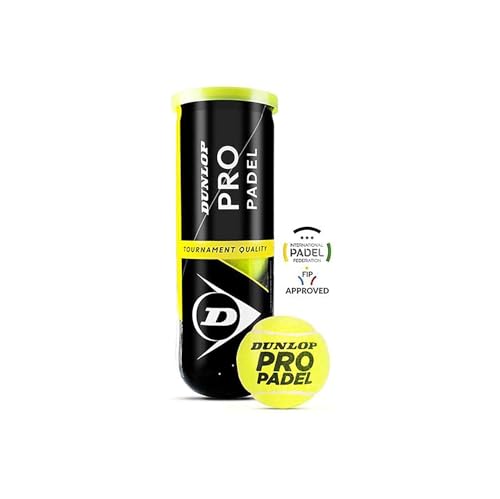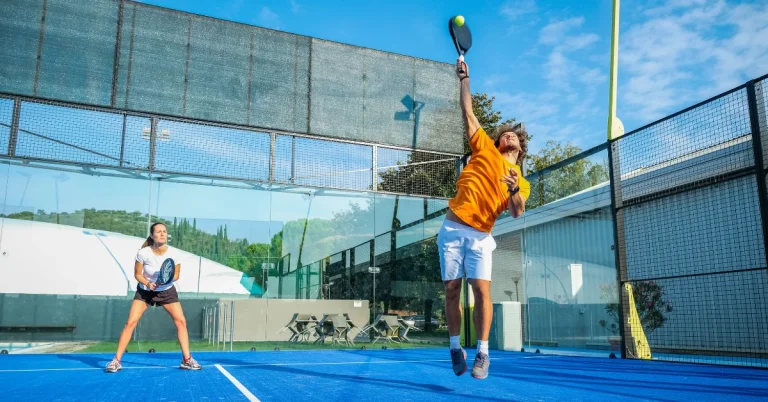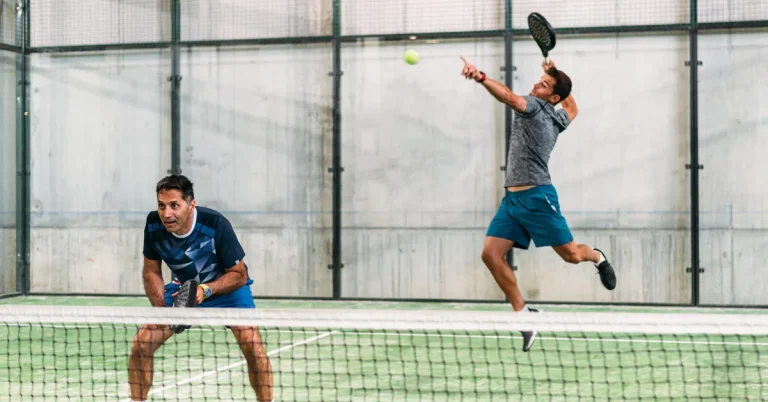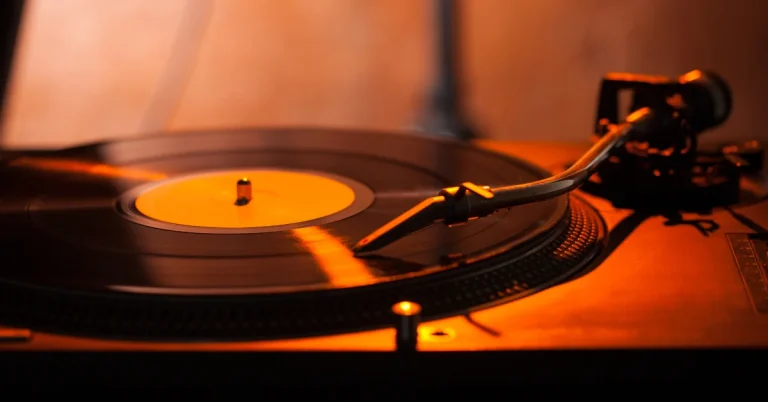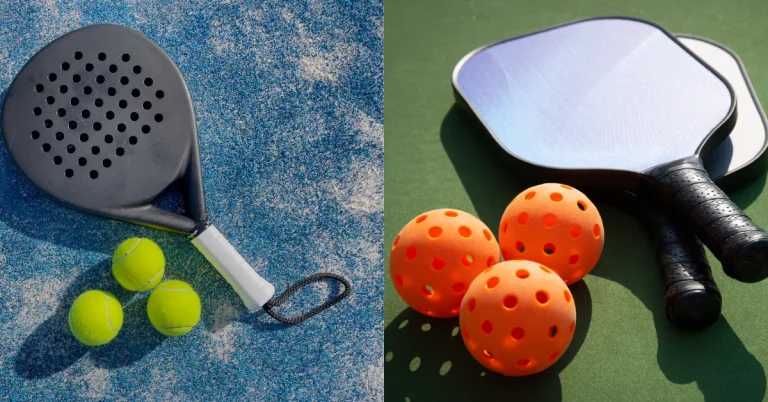A Global Phenomenon: The Surge in Padel Popularity
Padel, once a little-known sport, has rapidly become a global sensation. In this post, we dive into the reasons behind its soaring popularity and why players around the world are flocking to Padel courts.The Origins of Padel
The journey of Padel from its humble beginnings to becoming a worldwide phenomenon is as fascinating as the game itself. Let’s take a trip back in time to uncover the roots of this engaging sport.- Birth in Mexico: Padel’s story began in 1969 in Acapulco, Mexico. Created by Enrique Corcuera, it started as a modified version of tennis, adapted to the confines of his property. Corcuera’s version laid the groundwork for what Padel is today – a dynamic sport played within enclosed walls.
- Spread to Spain: The sport quickly caught the interest of Spanish visitors, who brought Padel back to Spain. By the late 1970s, Padel started gaining traction in Spain, setting the stage for its eventual popularity across Europe.
- Evolution and Growth: The 1980s and 1990s witnessed a rapid expansion of Padel, not only in Spain but also in other parts of Europe and Latin America. The sport evolved with formalized rules, professional-quality courts, and an ever-growing base of players.
- Global Recognition: Today, Padel is recognized globally, with numerous international tournaments and a growing professional scene. The simplicity and accessibility of the sport have contributed to its widespread appeal, transcending cultural and language barriers.
Key Features of Padel
Padel, a sport that seamlessly blends elements of tennis and squash, has unique features that make it an exciting and accessible game for players of all ages and skill levels. Here’s a closer look at what sets Padel apart:- The Court: A Padel court is significantly smaller than a tennis court, measuring 20 by 10 meters. Surrounded by glass and metallic meshes, the walls play a crucial role in gameplay, as players can use them for rebounds, adding a new dimension to the sport not found in traditional tennis.
- Equipment: Padel uses a solid, stringless racket, typically made of carbon fiber, foam, and plastic. This specific design offers greater control, making it easier for beginners to learn. The balls used in Padel are similar to tennis balls but with slightly less pressure, which affects how the game is played in terms of speed and bounce.
- Scoring System: Padel adopts the same scoring system as tennis, which is familiar to many and makes it easy for tennis enthusiasts to transition to Padel. The familiarity of the scoring system adds to Padel’s approachability as a sport.
- Double Play: Padel is primarily a doubles game, which emphasizes teamwork and strategy. The smaller court size and doubles format create a more social and interactive gaming experience, perfect for building connections and enjoying a competitive yet friendly atmosphere.
- Accessibility: The rules of Padel are straightforward and easy to pick up, making it an inclusive sport. Its lower physical intensity compared to traditional tennis means it’s accessible to a wider range of ages and physical abilities, contributing to growing padel popularity.
- Year-Round Play: Due to the compact size of the court and its construction materials, Padel can be played indoors or outdoors, making it a versatile sport for all seasons. This adaptability ensures that enthusiasts can enjoy the game year-round, regardless of weather conditions.
These key features of Padel not only define the sport but also contribute to the rising Padel popularity worldwide. The combination of easy-to-learn rules, unique court dynamics, and the emphasis on social interaction make Padel an engaging sport that appeals to a broad audience.
The Social Aspect of Padel
Padel is much more than a sport; it’s a social phenomenon that brings people together. Its unique structure and gameplay foster a community spirit that is rare in individual sports. Let’s explore the social dynamics that make Padel a favorite for players around the world.Building Communities through Padel
At the heart of Padel is the ability to build and nurture communities. Clubs and recreational facilities become social hubs where people of different ages, backgrounds, and skill levels come together. The doubles format of Padel naturally encourages teamwork and communication, making it an excellent sport for socializing and making new connections.Padel as a Family Sport
Padel’s accessibility and ease of play make it an ideal sport for families. It’s common to see parents and children, siblings, and extended family members enjoying the game together. The inclusive nature of Padel allows family members of all ages to participate, creating a fun and engaging family activity that strengthens bonds and encourages healthy, active lifestyles.Corporate and Social Events
Padel is increasingly becoming a popular choice for corporate events and social gatherings. Companies are using Padel as a team-building exercise, recognizing how the sport’s emphasis on collaboration and strategy can mirror workplace dynamics. Social events centered around Padel tournaments or casual play sessions provide an entertaining and interactive way for people to connect and unwind.The Role of Padel in Networking
The relaxed yet engaging environment of Padel courts also lends itself to networking. Players often find that their shared interest in Padel leads to professional connections and opportunities, as the court becomes a place for informal, friendly discussions beyond just the sport.Cultural Impact and Global Reach
As Padel popularity continues to grow globally, it’s also influencing cultures and communities. International tournaments and the sport’s spread to new regions are bringing diverse groups together, fostering a sense of global community. Padel’s appeal transcends language and cultural barriers, uniting players in their love for the game.In essence, the social aspect of Padel is integral to its charm. The sport’s ability to forge friendships, strengthen family ties, and build communities is just as important as the physical and technical elements of the game. Whether you’re stepping onto the court for competition or camaraderie, Padel offers a welcoming space for everyone.Celebrity Endorsements and Global Reach
The rise of Padel has been meteoric, thanks in part to endorsements from well-known personalities and its expanding global presence. Let’s examine how celebrity involvement and international appeal are catapulting Padel into the global sports spotlight.- High-Profile Advocates: Padel has captured the attention of celebrities from various fields, including sports stars, entertainers, and business moguls. These high-profile endorsements have not only raised the sport’s visibility but also added a touch of glamour and excitement, attracting new players and spectators alike. From football legends showing off their Padel skills on social media to movie stars participating in charity Padel events, these endorsements have significantly boosted Padel popularity.
- Global Tournaments and Expansion: Padel’s international reach is growing rapidly, with tournaments now being held in countries across Europe, the Americas, and even the Middle East and Asia. This global expansion is not just about the sport itself, but also about fostering international camaraderie and competition. The World Padel Tour, for instance, has become a highlight in the Padel calendar, showcasing top talent from around the world and contributing to the sport’s international appeal.
- Cultural Integration: As Padel spreads across continents, it’s being integrated into local cultures, each adding its own flavor to the sport. This cultural adaptation has seen Padel courts springing up in unexpected places, from luxury resorts to local sports clubs, making it a truly global phenomenon.
- Impact on the Racket Sports Landscape: Padel’s surge in popularity is reshaping the landscape of racket sports. It’s bringing new dynamics to sports facilities, influencing sports fashion, and even impacting the way racket sports are perceived and played worldwide.



